Nagoya’s Historic Japanese Garden
If you’re looking to experience a peaceful slice of Japanese history in Nagoya, Tokugawaen (Tokugawa Garden) is a perfect destination. This beautiful Japanese garden was originally part of the residence of Tokugawa Mitsutomo, the second lord of the Owari domain and the head of the prestigious Owari branch of the Tokugawa family. It is said that in 1695, Mitsutomo moved to this area—known then as the Ōzone Residence—as his retirement home.
Today, the former estate has been transformed into a stunning landscaped garden filled with lush greenery, flowing streams, and a large central pond. The garden’s admission fee is normally 300 yen for adults, but when I visited, entry was free as part of a local Nagoya festival. Naturally, the garden was lively with many visitors, including international tourists enjoying the special open day.

One of the entrances, called the Kuro-mon Gate (Black Gate), immediately catches your attention. Built during the Meiji era, this gate once belonged to the Owari Tokugawa family’s mansion. It’s an impressive yakui-mon gate made entirely of zelkova wood, and miraculously survived the wartime air raids. Standing before it feels like stepping back into another century.
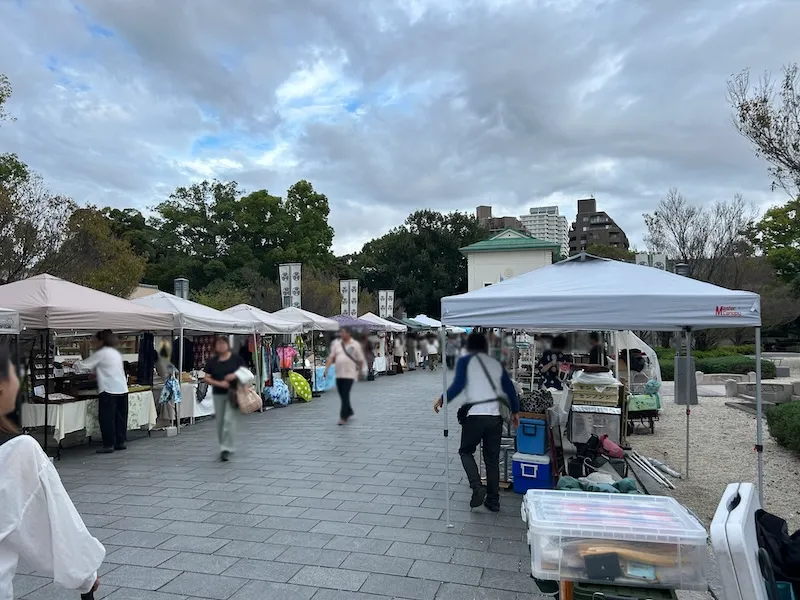
Upon entering Tokugawaen, I was pleasantly surprised to find a market event happening in the main plaza. The lively stalls contrasted beautifully with the serene garden atmosphere. Despite the crowds, the space felt calm and refreshing, with clear streams fed by groundwater, shaded paths, and elegant bridges. Colorful koi swam gracefully in the clean water, adding to the garden’s charm.
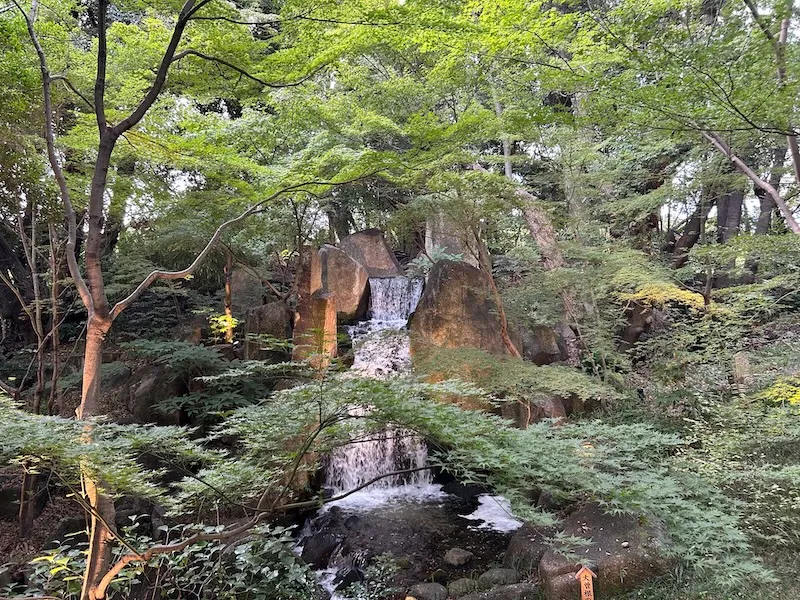
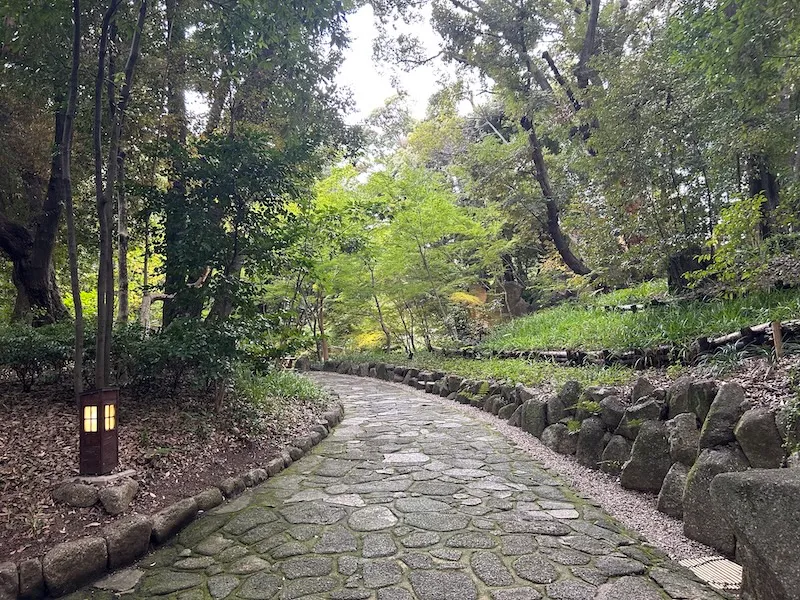
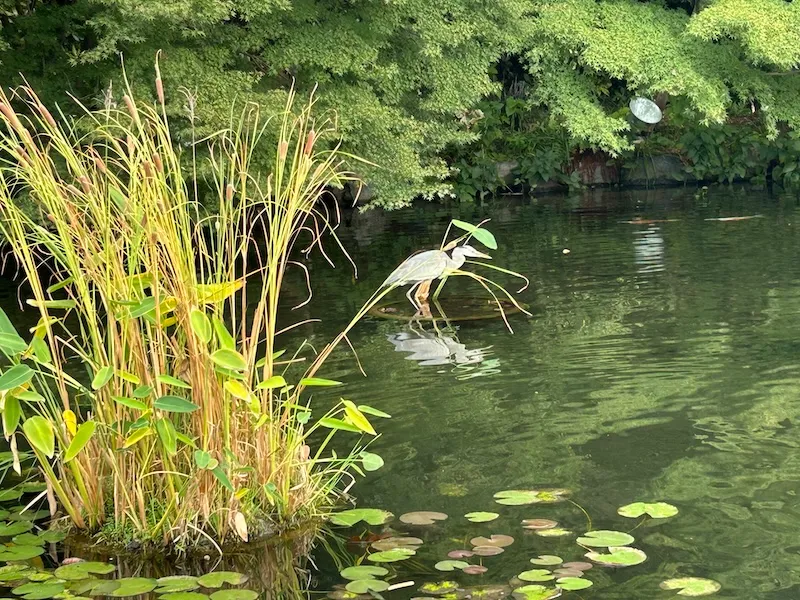
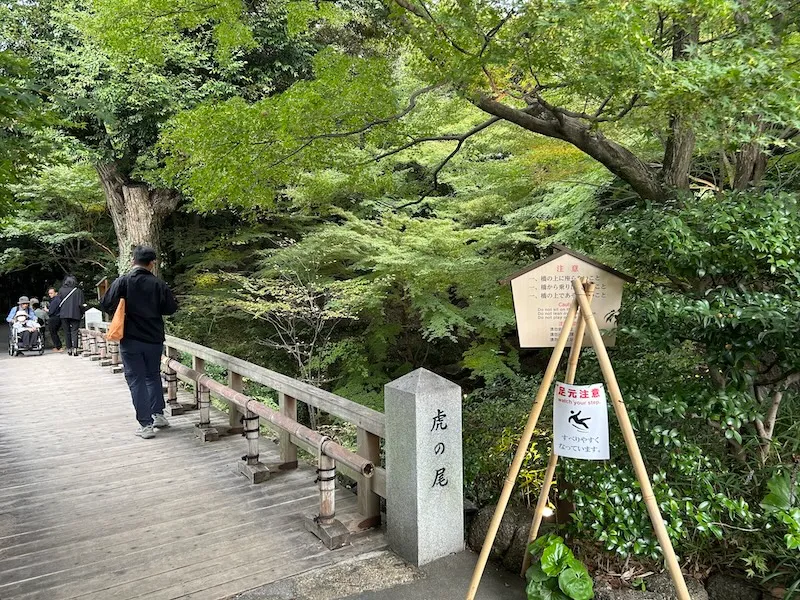
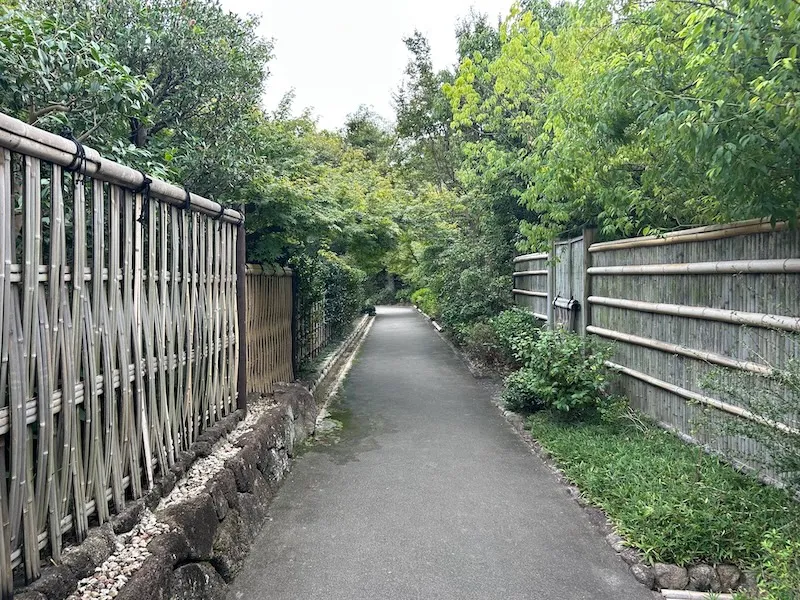
At the center of Tokugawaen lies a large pond, surrounded by walking paths that offer new perspectives at every turn.
2.webp)
There’s even a traditional tea house, where tea ceremonies are occasionally held—an experience that deepens the appreciation for Japanese culture.
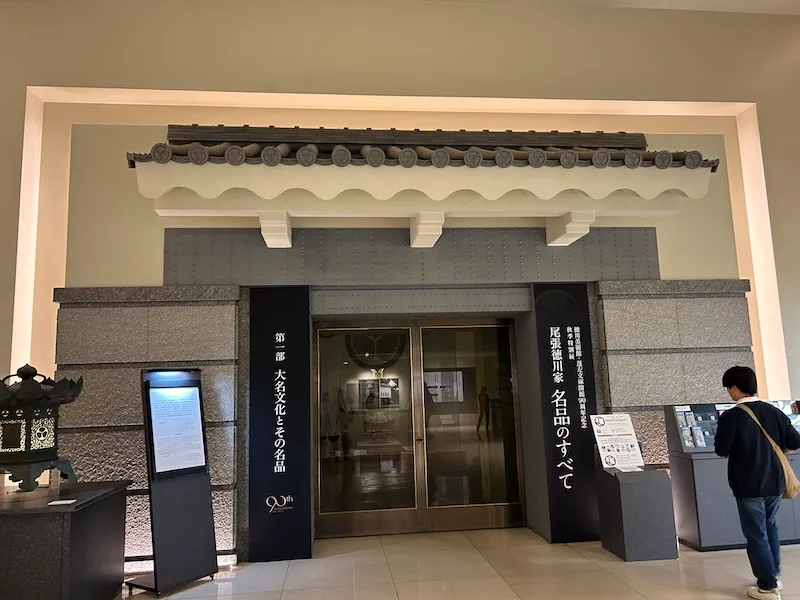
After strolling through the garden, I visited the Tokugawa Art Museum, located right next to the garden. The museum houses treasures passed down through the Tokugawa family, including samurai armor, swords, and classical art pieces.
The eastern area of Nagoya, where Tokugawaen is located, is rich in historical architecture and culture. This area is part of what’s called the “Cultural Path” (Bunka-no-Michi), a walking route that connects several heritage sites from the Meiji and Taisho periods. On a sunny day, it’s a delightful place to explore on foot.
If you love history, gardens, or simply a quiet moment surrounded by nature, Tokugawaen is one of Nagoya’s must-visit spots.
Our map
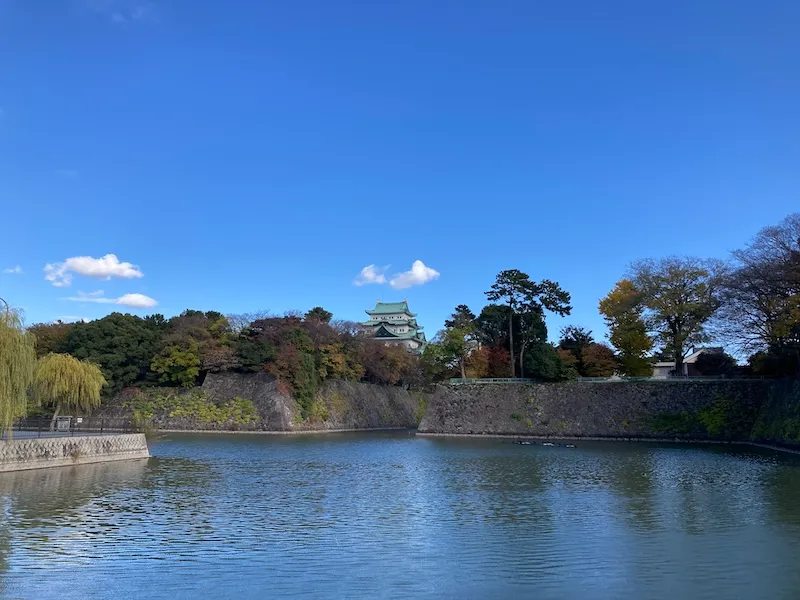
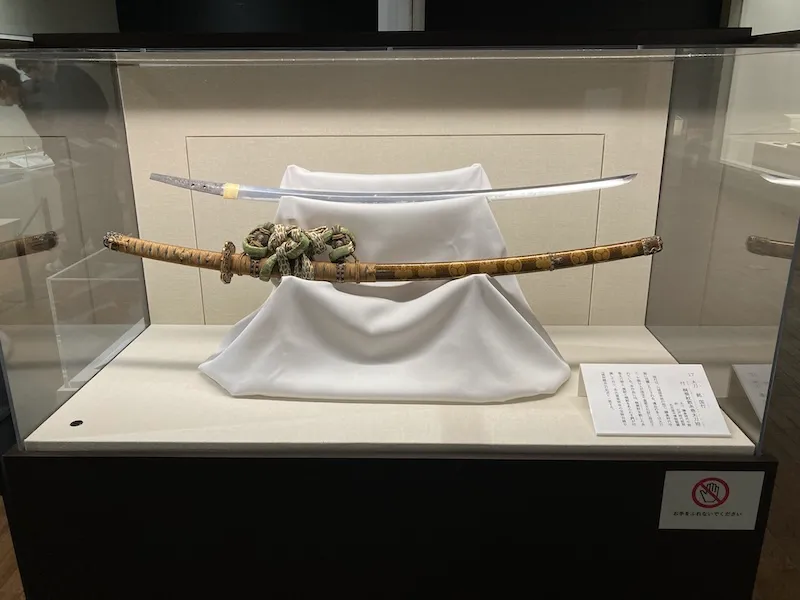
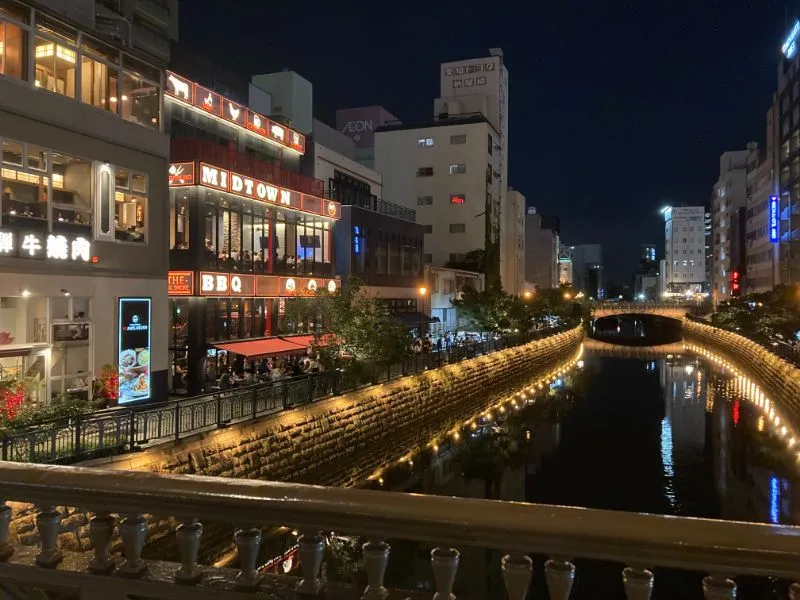
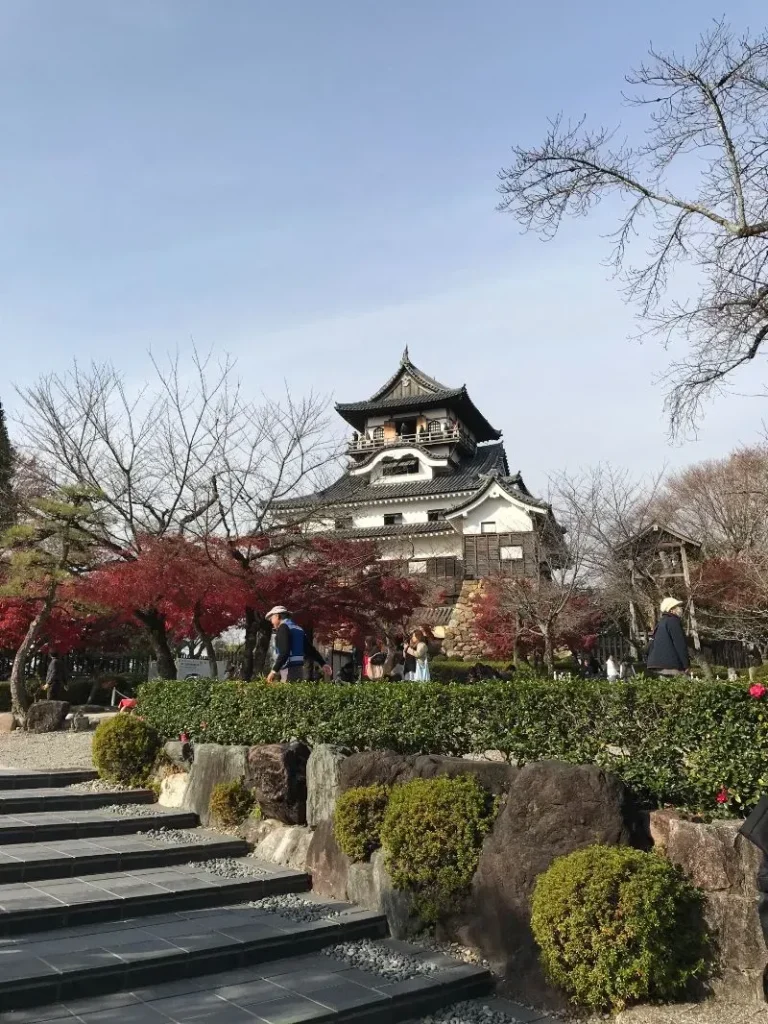
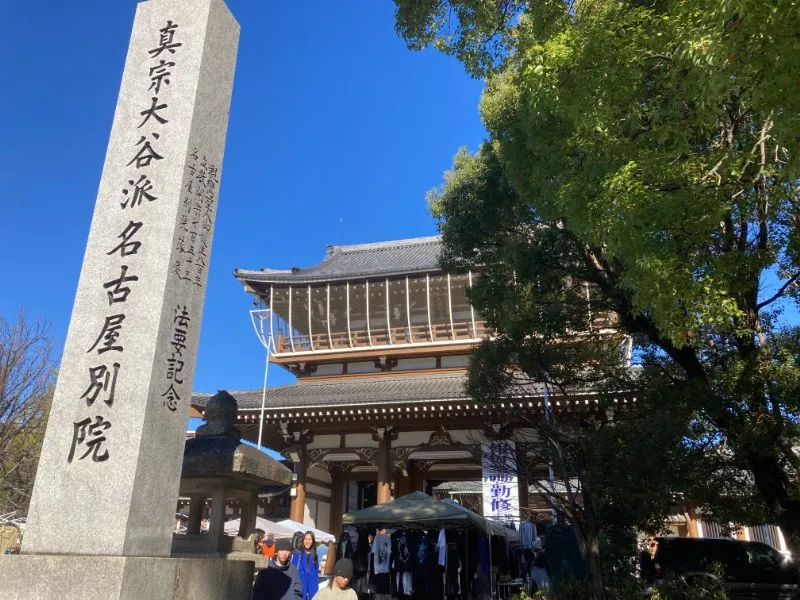
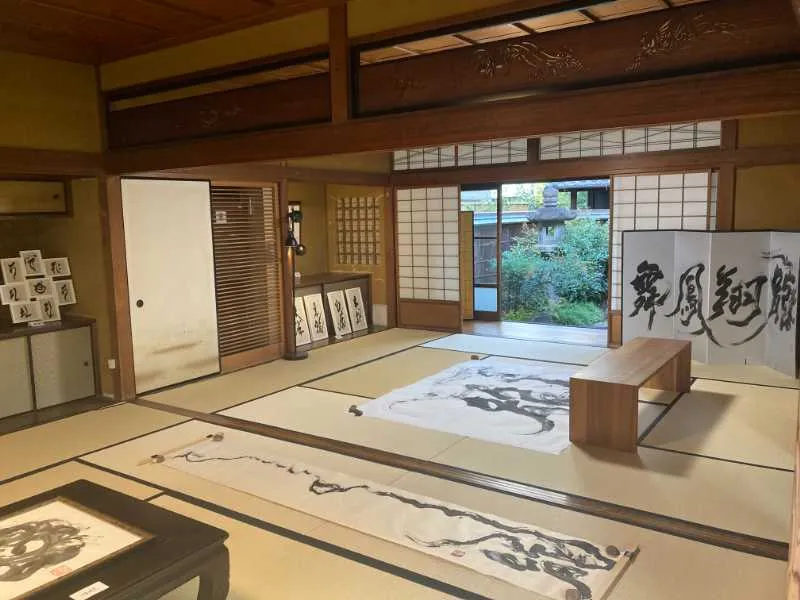
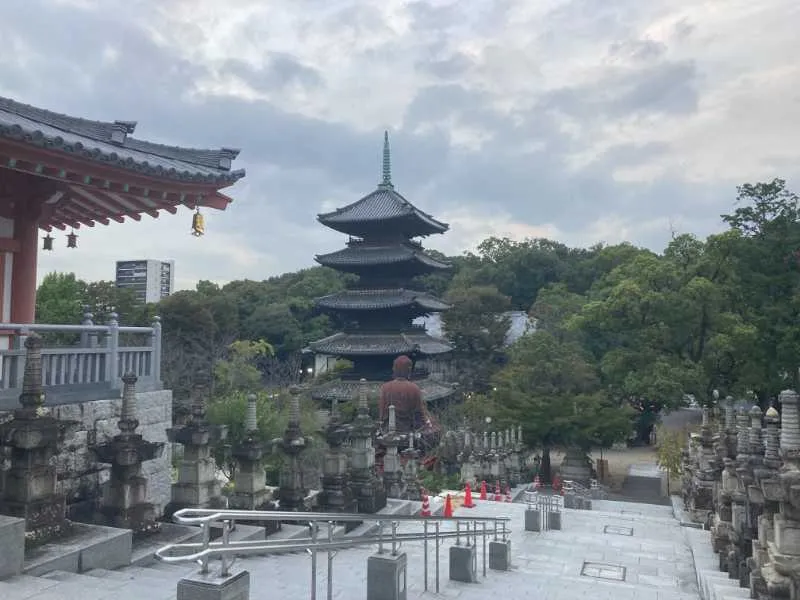
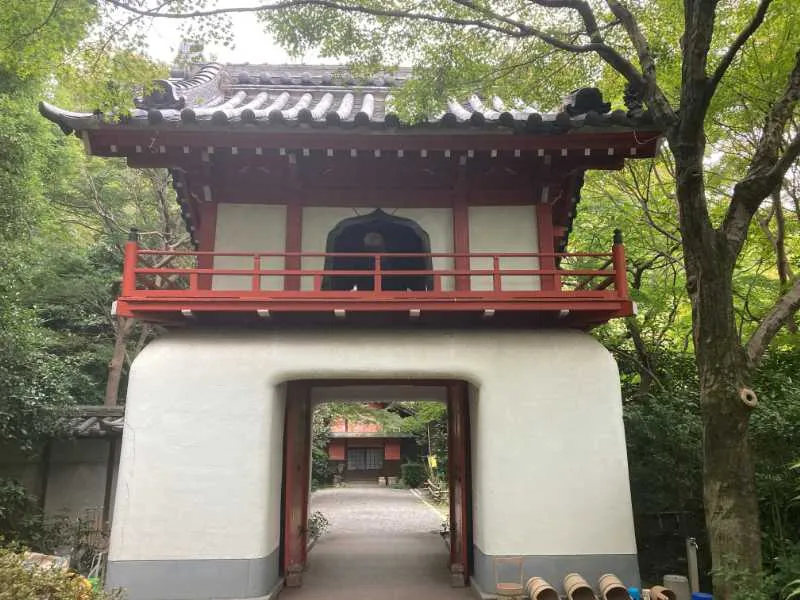
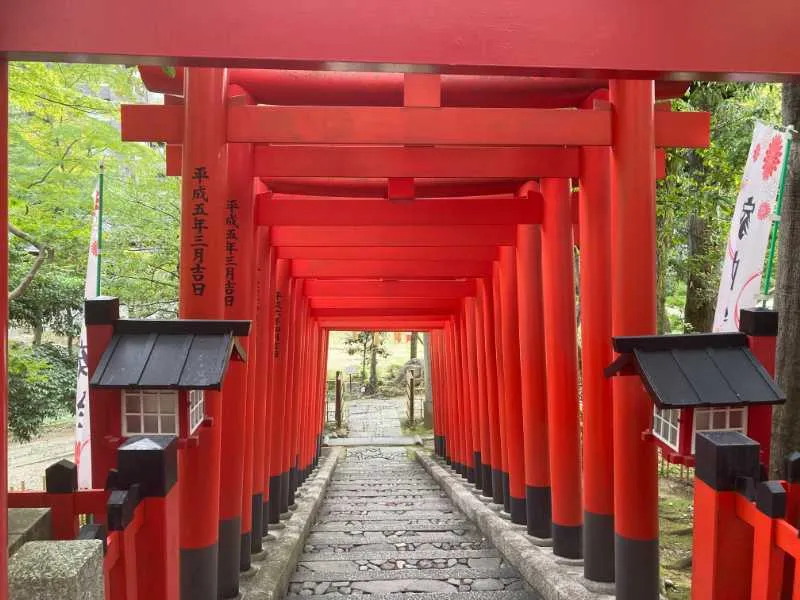
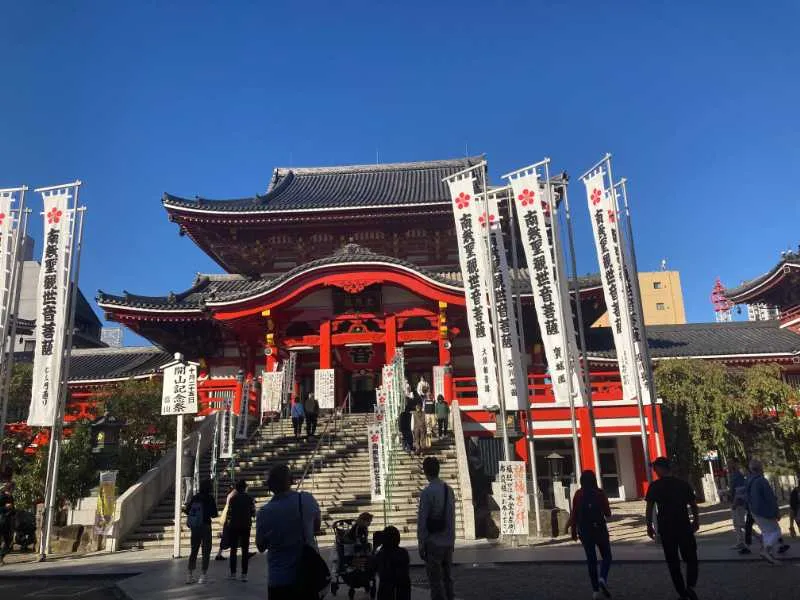
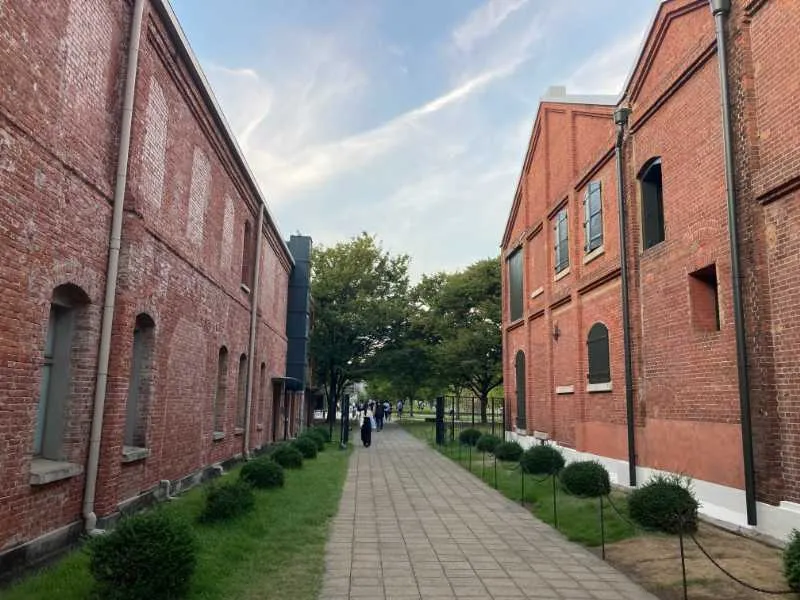
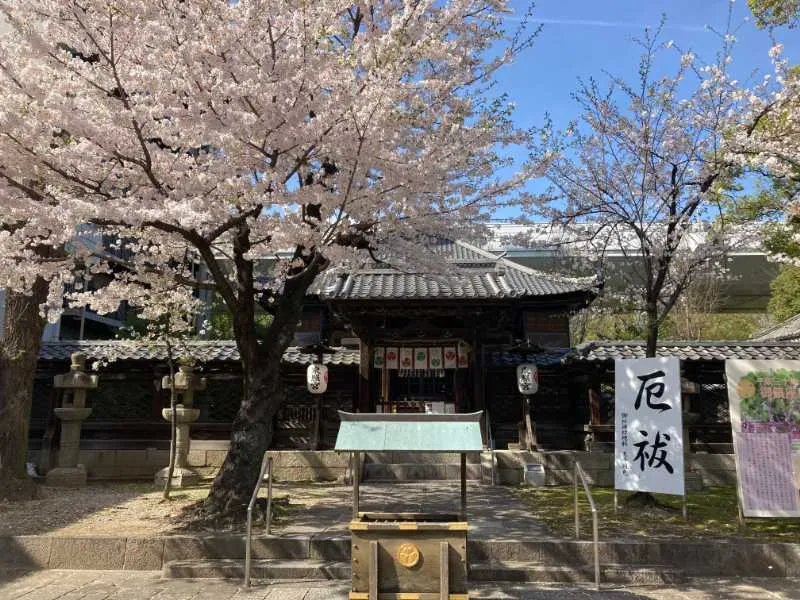
I’ve compiled a list of Nagoya’s places that I’ve personally visited. Is Nagoya boring? Not at all! While it has developed as an industrial city, it also hides interesting places full of history and culture. Use this guide to explore Nagoya and discover its hidden gems.
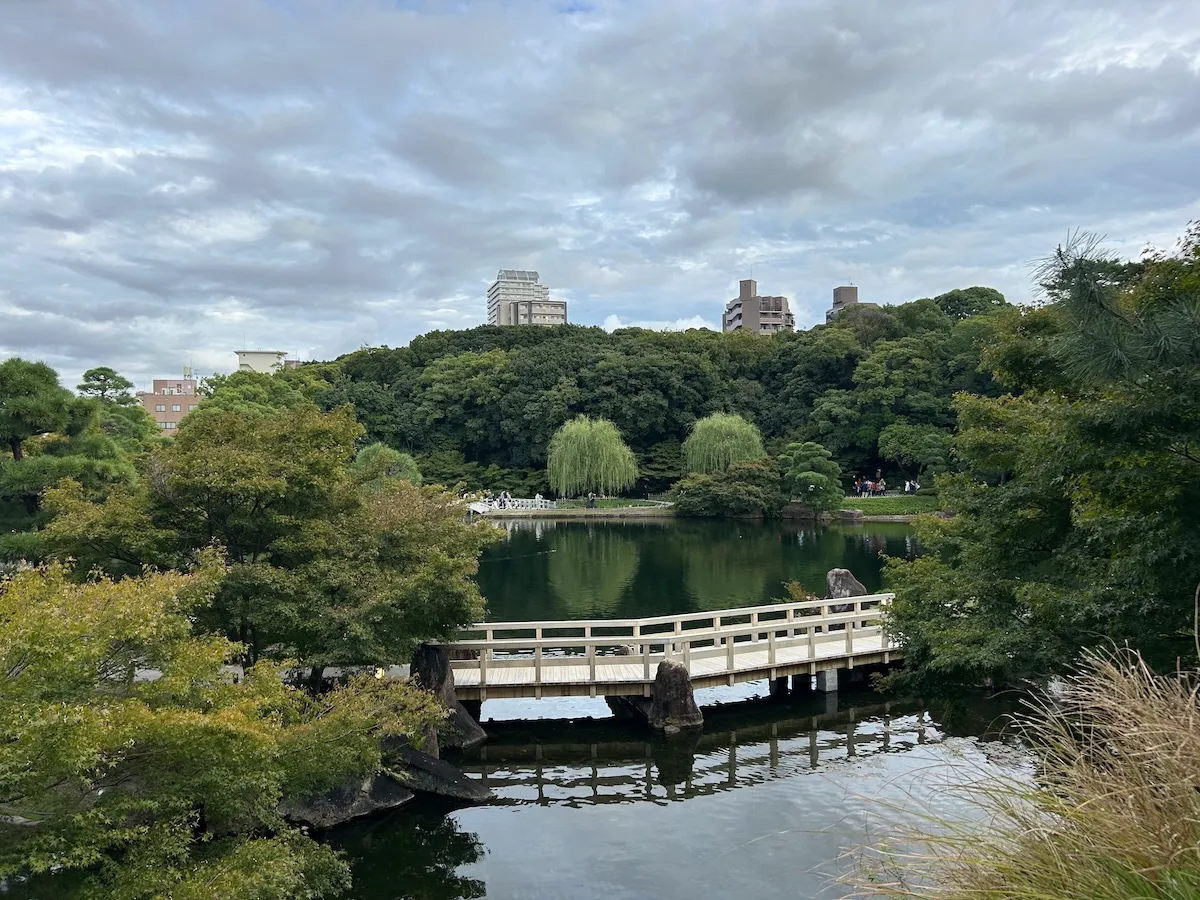
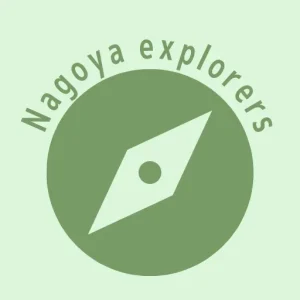
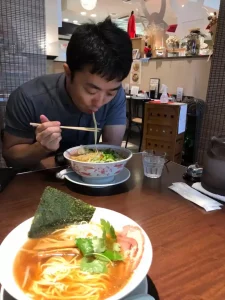
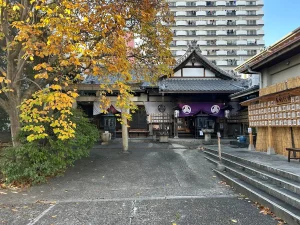
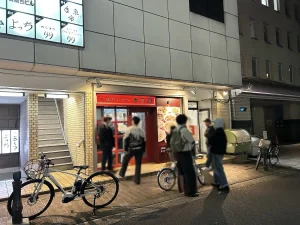
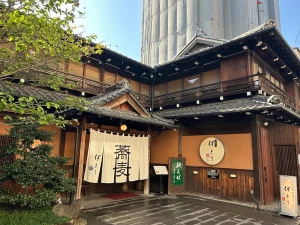
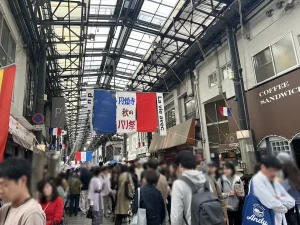
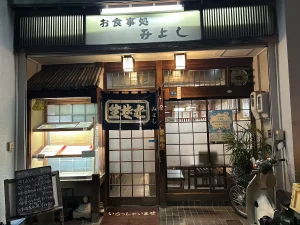
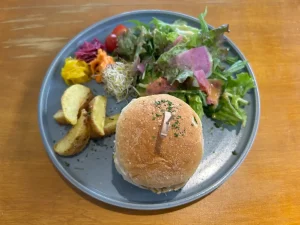
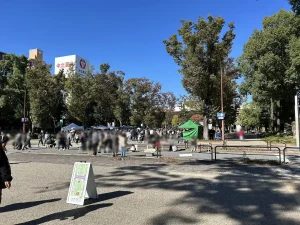
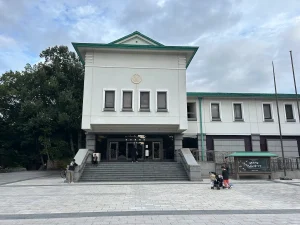
LEAVE A REPLY